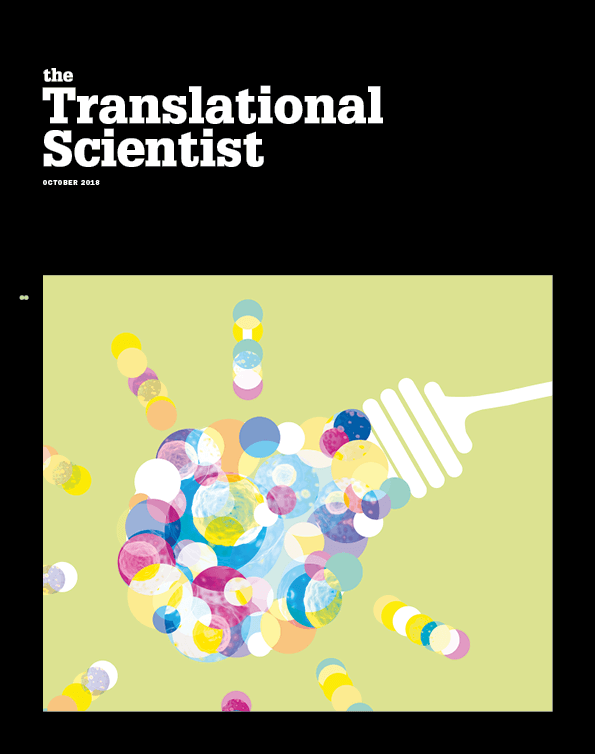The Anti-Social Network
E-posters save space and are more easily shared, but they risk stripping away interaction and the potential of collaboration – and the advancement of science and medicine – that traditional posters offer.
Five or ten years ago, conferences were bigger. Not in terms of the number of attendees, but they were physically bigger. They were hosted in huge halls (the size rock bands would play), full of people, and some of the halls were devoted to one thing: posters. However, conferences are increasingly turning to e-posters: a bank of computers on a table where delegates can view a presenter’s short slide deck, or some small ‘pods’ – a small seated area where somebody gives give a PowerPoint presentation on a large TV screen, during a short, pre-allocated time slot. Here is another point of view. I ask myself: are these actually “posters”? They seem to me to be more like mini-lectures, and I think we need to consider what is lost from moving from physical posters to e-posters.
While the move to e-posters may save a lot of space, I think we lose something in the process. The biggest potential advantage of online posters is that people should be able to view the poster before or after the congress. But it’s regularly the case that delegates can only view e-posters on site, on specified computers, and if posters are available for viewing outside of the congress, often, a paid subscription is required. Just consider the ARVO annual meeting with its traditional poster session approach. People give a poster presentation, others walk by and the discussion begins. ARVO is built around networking opportunities – and, for many people, the poster session is the highlight of their congress. You can understand why: for each and every poster topic, you’re guaranteed an area with a high concentration of expert researchers, either presenting or reading the posters on display for a 2–3 hour period. You have access to these bright minds, you are able to ask questions, have conversations, and get to know these people. I’ve known the humble poster session be the source of long-lasting collaborations – even friendships. Such meaningful interactions cannot easily copied electronically, if at all, when the only way you can ask questions is via e-mail, or in the short period after a mini-presentation before the presenter moves off to their next commitment at the congress.
All of this is most important to the education of young clinicians and researchers. They are the ones that need the opportunity to discuss their work and direction with other people the most – people who are likely to be much more experienced and knowledgeable, with a different point of view and something real to contribute. Such interaction moves science and medicine forward! My concern is that where only an electronic poster exists, the presenter is less able to broaden their network, and the viewer is unable to gauge the talent or enthusiasm of the presenter. There’s no networking and no opportunity for debate. Collaborations aren’t made and ideas aren’t generated. So while e-posters have the advantage of taking less space and might be able to be disseminated outside of the conference, they’re not a like-for-like replacement for the traditional poster session. As conference organizers move increasingly towards e-posters, I’d ask them to consider pausing and considering what they’re losing in the process.
Martine Jager is Professor of Ophthalmology at Leiden University Medical Centre, The Netherlands, and past-President of ARVO.















